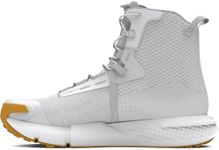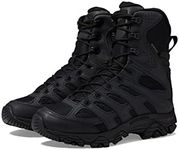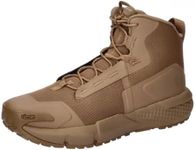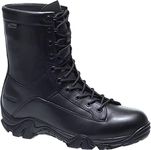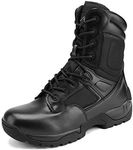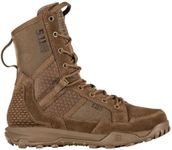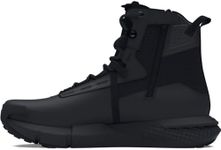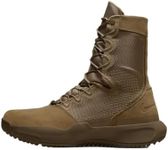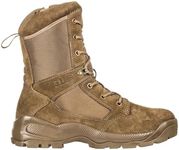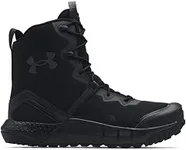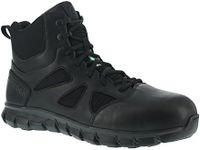Buying Guide for the Best Tactical Boots
Choosing the right tactical boots is all about matching your footwear to your activities and environment. Tactical boots are designed for durability, support, and protection, making them popular for law enforcement, military, hiking, and outdoor work. To find the best fit, think about where and how you’ll use them, the climate you’ll be in, and the level of comfort and protection you need. Understanding the key features will help you make a smart choice that keeps your feet safe and comfortable.MaterialThe material of tactical boots affects their durability, breathability, and weight. Common materials include leather, nylon, and synthetic blends. Leather is tough and offers good protection, but can be heavier and less breathable. Nylon and synthetics are lighter and often more breathable, but may not be as durable in rough conditions. If you need boots for heavy-duty use or rough terrain, leather or a leather/nylon mix is a good choice. For lighter activities or hot climates, synthetic materials can keep your feet cooler and reduce fatigue.
WaterproofingWaterproofing keeps your feet dry in wet conditions, which is important for comfort and preventing blisters. Some boots have waterproof membranes, while others are only water-resistant. Fully waterproof boots are best for wet or muddy environments, but they can be less breathable. If you’ll be in dry or hot areas, you might prefer boots with less waterproofing for better airflow. Think about the weather and terrain you’ll face most often to decide how much waterproofing you need.
HeightBoot height refers to how far the boot extends up your ankle or calf. Common heights are 6-inch, 8-inch, and sometimes higher. Taller boots offer more ankle support and protection from debris, which is useful for rough terrain or carrying heavy loads. Shorter boots are lighter and allow more flexibility, making them better for running or less demanding activities. Choose the height based on the level of support and protection you need for your typical use.
Sole and TractionThe sole of a tactical boot affects grip, comfort, and shock absorption. Deep, aggressive treads provide better traction on uneven or slippery surfaces, while flatter soles are better for urban environments. Some soles are designed to resist oil or chemicals, which is important for certain jobs. If you’ll be on rough, outdoor terrain, look for boots with strong, grippy soles. For mostly indoor or city use, a less aggressive tread may be more comfortable.
WeightBoot weight can impact your comfort and endurance, especially if you’ll be wearing them for long periods. Heavier boots usually offer more protection and durability, but can cause fatigue. Lightweight boots are easier to move in and less tiring, but may sacrifice some protection. Consider how much walking or running you’ll do and whether you need extra protection to decide on the right balance.
Fit and ComfortA good fit is crucial for preventing blisters and foot pain. Tactical boots should fit snugly but not tightly, with enough room for your toes to move. Features like padded collars, cushioned insoles, and moisture-wicking linings can add comfort, especially for long wear. Try on boots with the socks you plan to wear and walk around to check for pressure points. If you have wide or narrow feet, look for brands that offer different width options.
BreathabilityBreathability refers to how well the boots allow air to circulate, which helps keep your feet cool and dry. Boots with mesh panels or moisture-wicking linings are more breathable, making them ideal for hot climates or intense activity. Less breathable boots may be better for cold or wet conditions. Think about your typical environment and how much your feet tend to sweat when choosing the right level of breathability.
